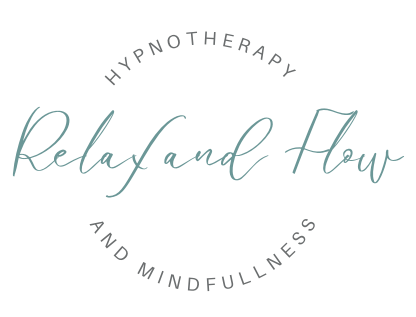Getting To The Bottom Of Anxiety

The ‘Spiral of Anxiety’
Understanding the ‘spiral of anxiety’ is one way of starting to get to the bottom of anxiety.
For example, this morning, I woke a bit early, with a difficult situation playing on my mind.
After a while, I realised that my thoughts were masking a really stiff neck. So, I reassured myself that my neck was fine, let go of the sensations, and watched them, to see what would happen.
In time, the sensations subsided considerably, and I began to drift back to sleep.
The sensations and thoughts were feeding each other. Once I was aware of this, the spiral of anxiety could soften and untangle, and neither thoughts nor sensations were so bad after all.
Worry, Pressure, and Self-Criticism
Another way of getting to the bottom of anxiety is to look at worry, pressure, and self-criticism in your life.
Worry, pressure, and self-criticism add fuel to so many different difficulties.
They can be so habitual and in the background that I don’t even notice them. They are just my unquestioned, conditioned responses to events as they unfold. I might even think that they help me to fulfil challenging tasks.
The truth is, they increase my state of ‘high alert’. And the high alert state is really for life and death situations, not for everyday living. So, with time, used all the time, all it does is wear me out and make me miserable. And, eventually, it brings with it added difficulties, like anxiety, panic attacks, depression, and chronic pain.
Sometimes, all it takes to bring me back into a calm and gently focused state from all that pressure, self-criticism, and worry, is to bring my attention to the sensations of support through the Earth, the chair, the bed, or whatever else is physically supporting me.
Stressful Times; Adverse Experiences
Getting to the bottom of anxiety sometimes means understanding how stressful times and adverse experiences impact on our lives.
Stressful, adverse times can really impact on how we perceive everyday life moving forward.
It can be really helpful to look back over my life and notice if any of my current, everyday stresses relate to any times in the past when I experienced truly stressful and adverse situations.
Just finding these links can lift the weight of current anxieties a little. Having this understanding can help me see that this is not the everyday experiences now which I am responding to but situations in the past. And I can give myself a little slack, be a bit kinder to myself, and recognise the strength I had to get through those times.
Role Models
And, if I really want to get to the bottom of my anxiety, it can be really useful to look at how my role models behaved around me when I was growing up.
My behaviours to myself and others so often reflect the patterns I observed as I grew up.
It can be easy to ignore that my own anxiety can be partly caused by how I treat myself; and that how I treat myself is a habit, picked up over many years by observing how the people around me treated themselves and others.
It can be good to reflect on this, to realise that I don’t have to treat myself the ways I have become accustomed to. And that the ways I treat myself are not ‘natural’, they come from other peoples’ behaviours, and these behaviours are not automatically good.
You can read more on these topics on my regular posts on LinkedIn: https://www.linkedin.com/in/andrew-cheffings/



Leave a Reply